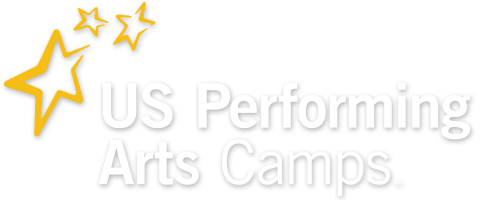George Lucas has been touting the efficiency and creative power of digital film  making for some years now. He is a strong believer that technology allows the artist to think differently – more creatively. He has led the industry as a pioneer in new technology but it is because he is first and foremost a good storyteller. Every few years he convenes a group of top filmmakers who are actually shooting their “big” films digitally and then he adds to the mix another group of filmmakers who would like to shoot in a digital format. The numbers are growing on both sides.
making for some years now. He is a strong believer that technology allows the artist to think differently – more creatively. He has led the industry as a pioneer in new technology but it is because he is first and foremost a good storyteller. Every few years he convenes a group of top filmmakers who are actually shooting their “big” films digitally and then he adds to the mix another group of filmmakers who would like to shoot in a digital format. The numbers are growing on both sides.
Every young filmmaker I have met is very comfortable in the digital world. They have grown up with computers and mastering new software is nothing for them. In recent years they’ve added IPods to their arsenal of technology and have archived incredible music libraries. They are talented “visual manipulators.” The one thing I see that is often lacking is the ability to work collaboratively, and most important, to tell a good story. Good stories become classics. They last for generations, entertaining and provoking thought. No one, no matter what any ego would like to think or say, makes a movie by themself. Movie making is a collaborative art form. Just look at the credits as they roll by the next time you’re in the theater.
When we think of filmmaking as not only an expression of art but as a craft, it’s inevitable that the tools become an integral part of the form. The creative part comes in selecting the right tool for the job at hand and once the vision, the story and the team is put into place the right tools become obvious. That’s also the time when the execution might call for the creation of new tools and once again we look to the future. It just might be that our student filmmakers are on the edge of creating the “new” technology now. Hopefully it will allow film artists to think more creatively and enhance their visual storytelling.

I have not seen “The Kingdom” but by the way you describe it i don’t really want to. I don’t really like shaky cameras and odd cuts in a movie unless they either add to the story, or add an effect you couldn’t get any other way. I also cant judge this movie so quickly, like Grandma (Judith) said in one of her more recent posts “I realized that I was prejudging a performance that if nothing else had the opportunity to entertain,” and this is what this movie is intended to do.
I wonder what young filmakers think about the technique used in “The Kingdom”. This film was shot with such an odd, jittery camera with bizarre edits it gave me a headache and I hated watching the movie. I’ve not heard any critique on this style but, for me, it detracted from the movie.